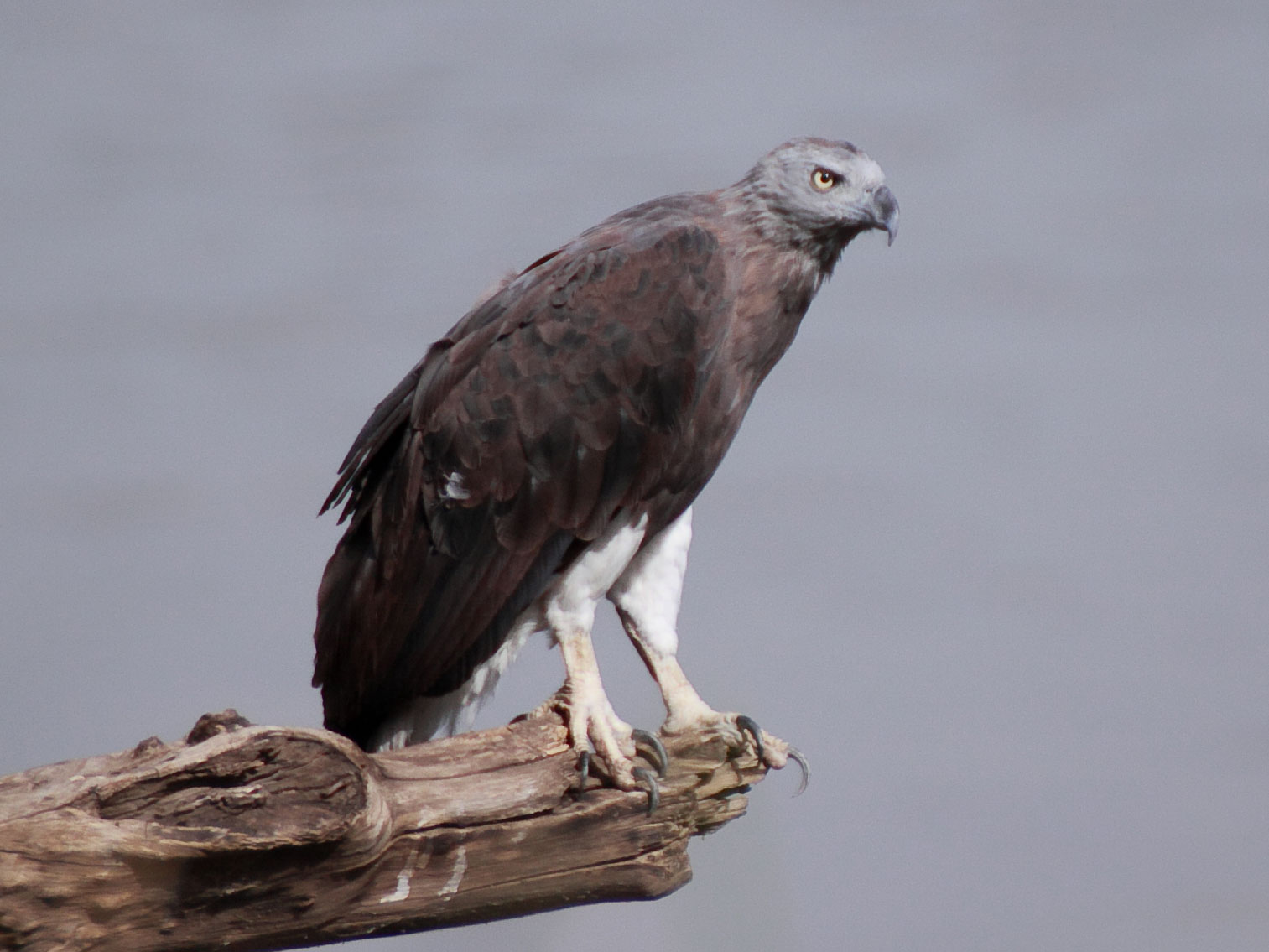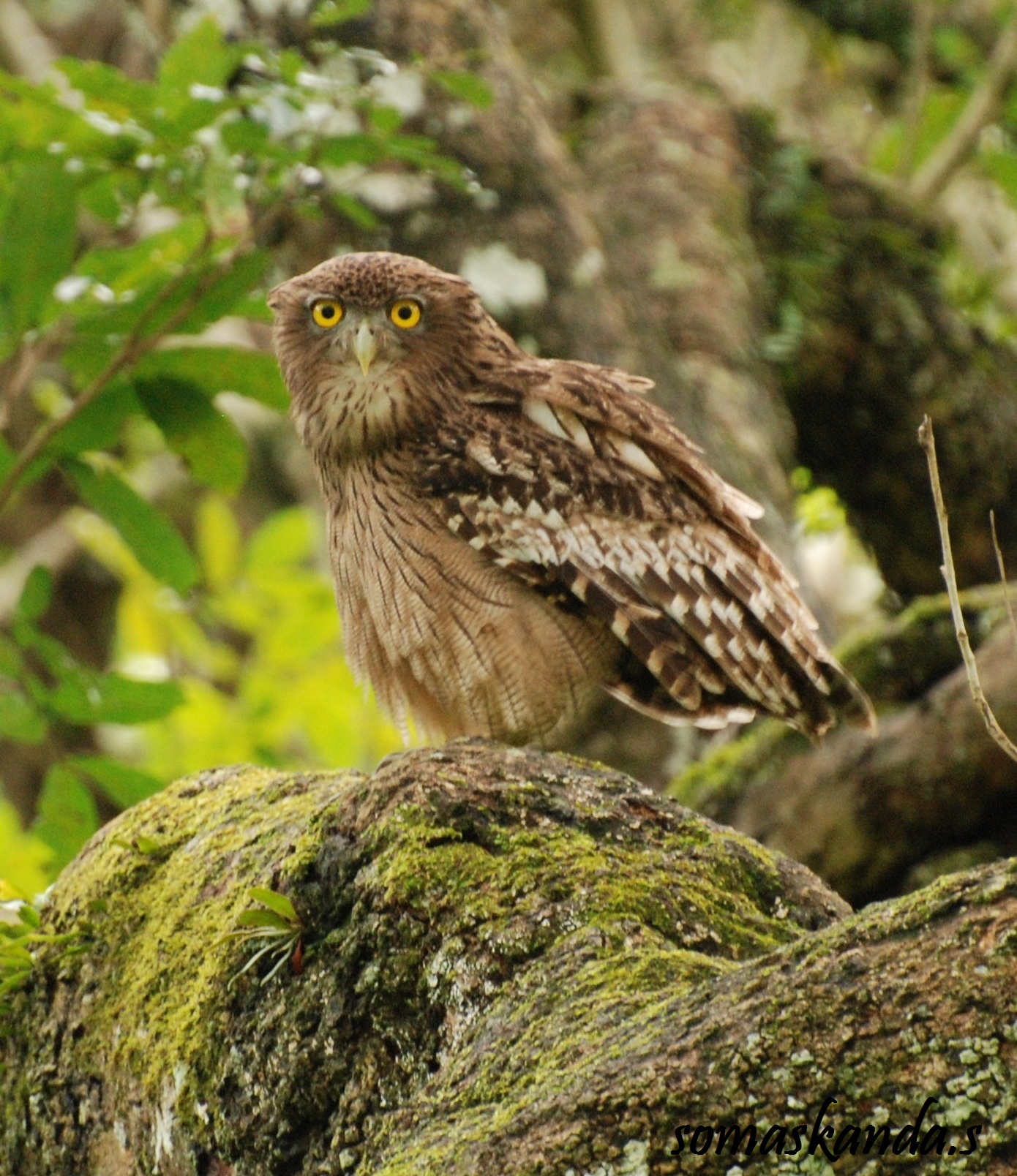Peninsular Malaysian Peat Swamp Forests
The ecoregion’s land area is provided in units of 1,000 hectares. The conservation target is the Global Safety Net (GSN1) area for the given ecoregion. The protection level indicates the percentage of the GSN goal that is currently protected on a scale of 0-10. N/A means data is not available at this time.
Bioregion: Peninsular Malaysian & Sumatran Tropical Rainforests (IM18)
Realm: Indomalaya
Ecoregion Size (1000 ha):
363
Ecoregion ID:
264
Conservation Target:
55%
Protection Level:
1
States: Malaysia
The Southeast Asian Tropical Peat Swamp Forests, as some of the largest terrestrial carbon sinks, play an extremely important role in the global carbon cycle. But these ecosystems are considered to be unproductive wastelands and are rapidly disappearing against the onslaught of logging, conversion to oil palm plantations, and burning and clearing for agriculture.

The flagship species of the Peninsular Malaysian Peat Swamp Forests ecoregion is the hairy-nosed otter. Image credit: Creative Commons
The Peninsular Malaysian Peat Swamp Forests ecoregion is located along the coastal regions of Peninsular Malaysia. These forests are now scattered as remnant patches along the east and west coasts of the peninsula. Even most of the remaining patches are logged and degraded, and very little pristine forests remain. Peat swamp forests grow in permanently water-logged areas with mineral-deficient water.
The peat is formed from the accumulated semi-decomposed leaves and other plant material deposited on sulphidic marine clay or riverine alluvium that creates anaerobic conditions and retards decomposition. The water is black because of the tannins and other alkaloids that leach from the leaves, and acidic, with a pH value of 2.9 to 4.5. Soil nutrients are low because the leaf litter accumulates but do not decompose to add nutrients to the soil.

Grey headed fish eagle. Image credit: Brian Gratwicke, Creative Commons
The peat swamp forests are characterized by trees with adaptations such as stilt roots, buttresses, and pneumatophores, or roots that grow upwards and out of the water to allow the trees to breath in anoxic conditions. The forest canopy can have emergent, middle and understory trees. Most tree species from the surrounding lowland forests are also found in the peat swamps, including species such as Austrobuxus nitidus, Blumeodendron subrotundifolium, Bhesa paniculata, Campnosperma auriculatum, C. coriaceum, Diospyros maingayi, Durio carinatus, Koompassia malaccensis, Litsea grandis, Myristica gigantea, Polyalthia glauca, Polyalthia sclerophylla, Shorea platycarpa, S. teysmaniana, S. uliginosa, and Stemonurus scorpioides.
Trees usually restricted to peat swamp forests include Gonystylus bancanus, Macaranga pruinosa, Campnosperma coriaceum, Blumeodendron tokbrai, Parartocarpus venenosus, Ixora grandiflora, and Pternandra galeata. The red sealing wax palm, Crytostachys renda, in demand as an ornamental plant is also common, as are stands of the screw pine Pandanus atrocarpus. Strangler figs, species of Ficus, grow around the edges and provide food for a number of fruit-eating birds, mammals, and even fish that eat the fruit when they fall into the water. Disturbed or logged areas have pure stands of Macaranga pruinosa and Cratoxylum arborescens.
Many of the animals of lowland rainforests are also found here, including large endangered species such as the tiger, Malayan tapir, common leopard, and clouded leopard. Other smaller mammals of conservation importance include three otters – the hairy-nosed otter, smooth-coated otter, and oriental small-clawed otter – and the enigmatic binturong, a large arboreal black civet-like animal that rarely descends onto the ground, except to move between trees. The binturong requires tall forests, and is now threatened by logging and conversion of forests to non-forest lands. Surveys have recorded 194 bird species in logged peat swamp forest, including 15 wetland birds and 29 migratory species. The numbers are likely higher in intact forests.

Brown fishing owl. Image credit: Creative Commons
Clearing, logging, and burning peat swamps are the major threats to this ecoregion. Thus, the recommended priority conservation interventions are to: 1) revoke concessions and stop clearing of intact peat forests; 2) support implementation of the National Action Plan on Peatlands and ASEAN Peatland Management Strategy 2006-2020; and 3) rehabilitate degraded portions of peat swamp forest areas.
Citations
1. National Policy on Biological Diversity. 2016-2025. Biodiversity and Forestry Management Division. Ministry of Natural Resources and Environment, Malaysia
2. Wikramanayake, E, E. Dinerstein, et al. 2002. Terrestrial Ecoregions of the Indo-Pacific: A Conservation Assessment. Island Press.
3. Saw LG. 2010. Vegetation of Peninsular Malaysia. In: Flora of Peninsular Malaysia. Series II: Seed Plants, Vol. 1, Edition: Malayan Forest Records No. 49, Publisher: Forest Research Institute Malaysia, Editors: Kiew R., Chung R.C.K., Saw L.G., Soepadmo E., Boyce P.C., pp.21-300.



